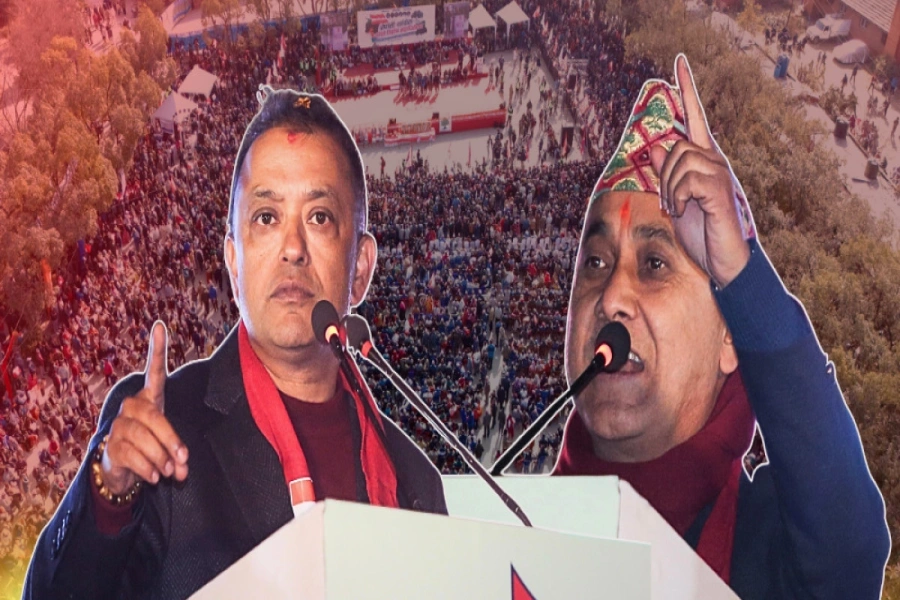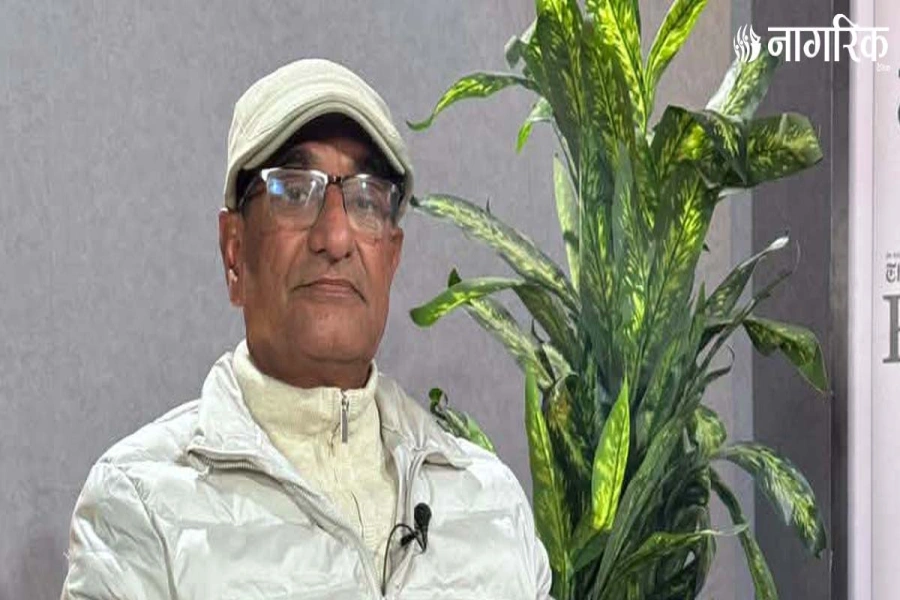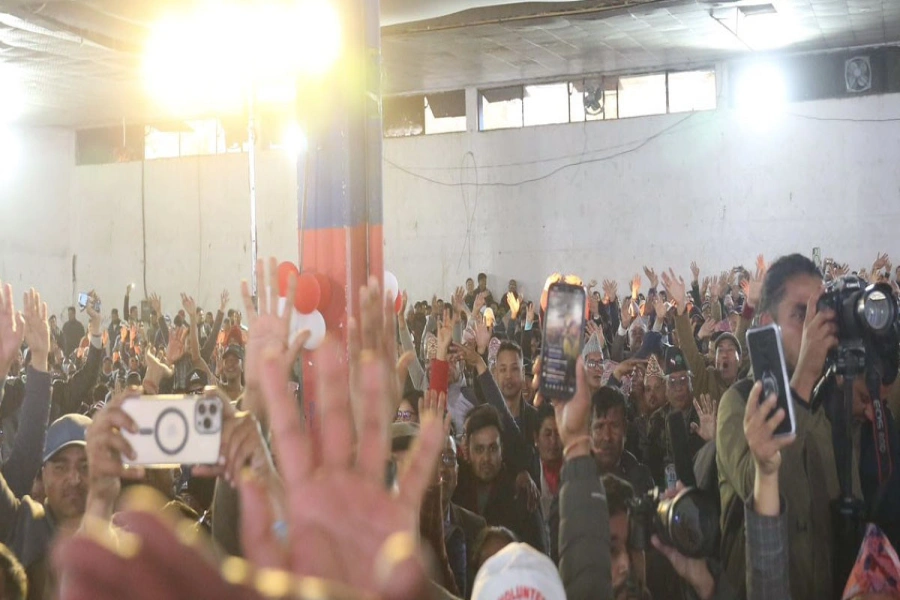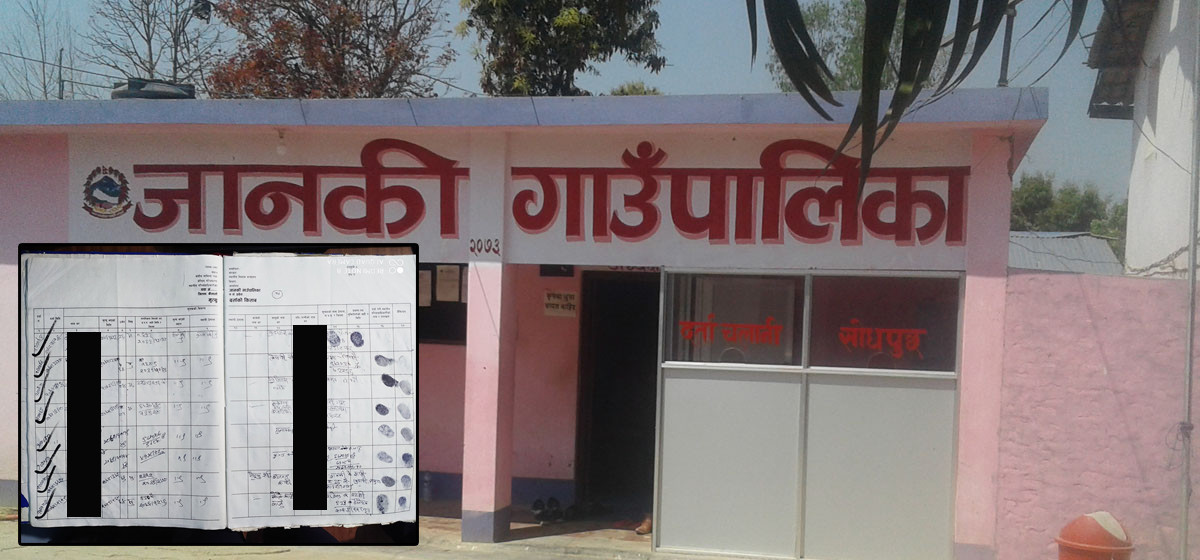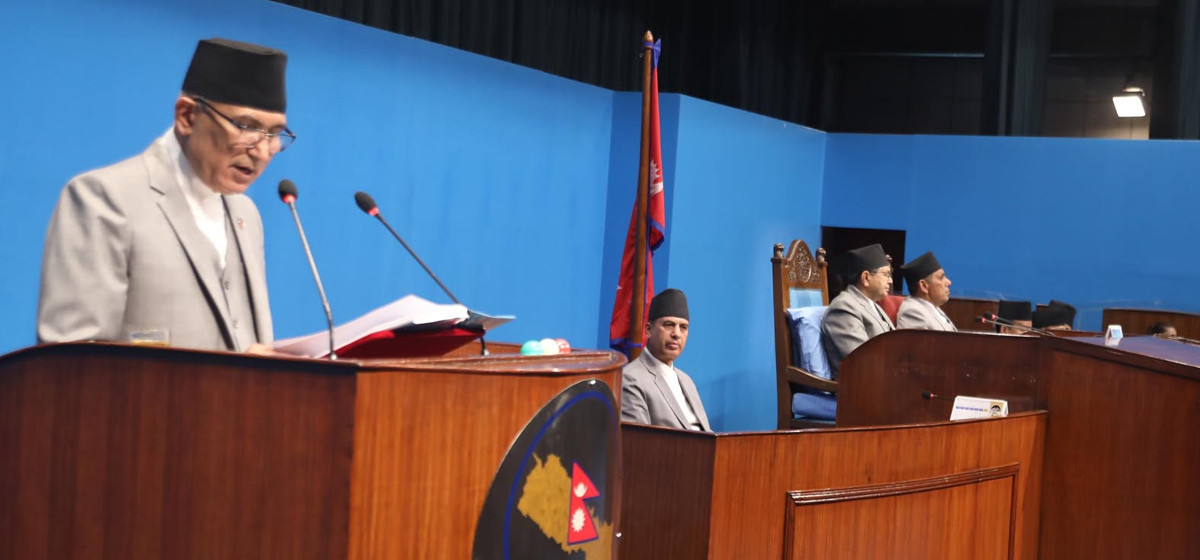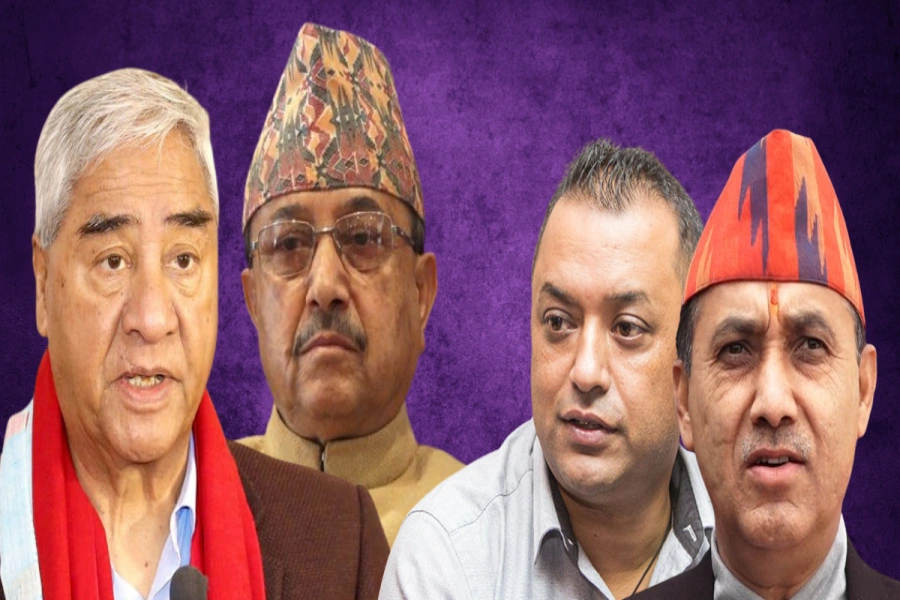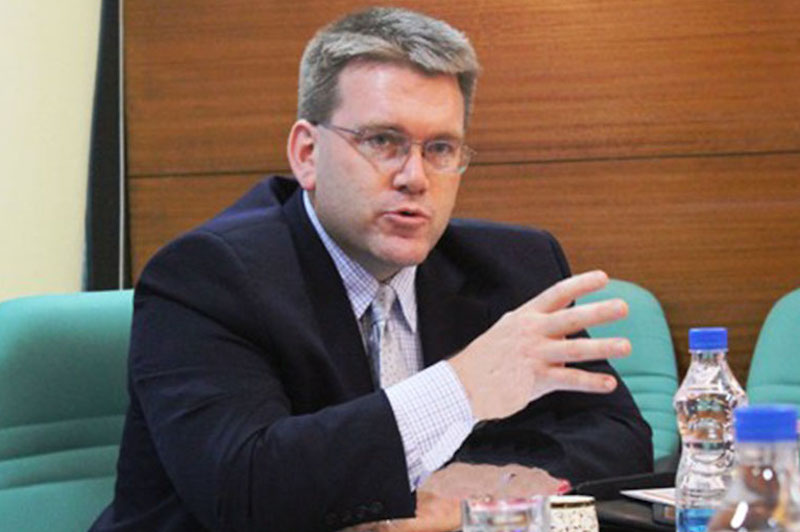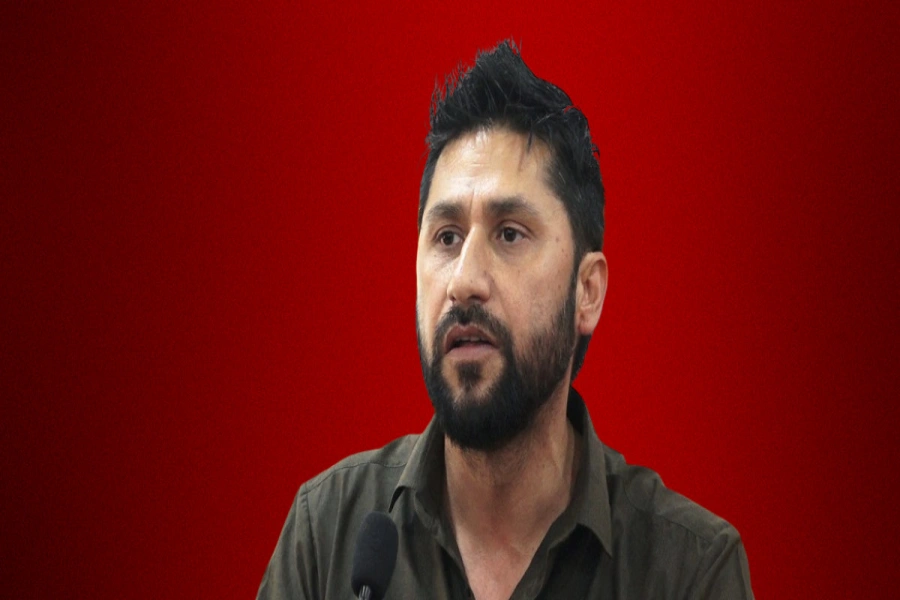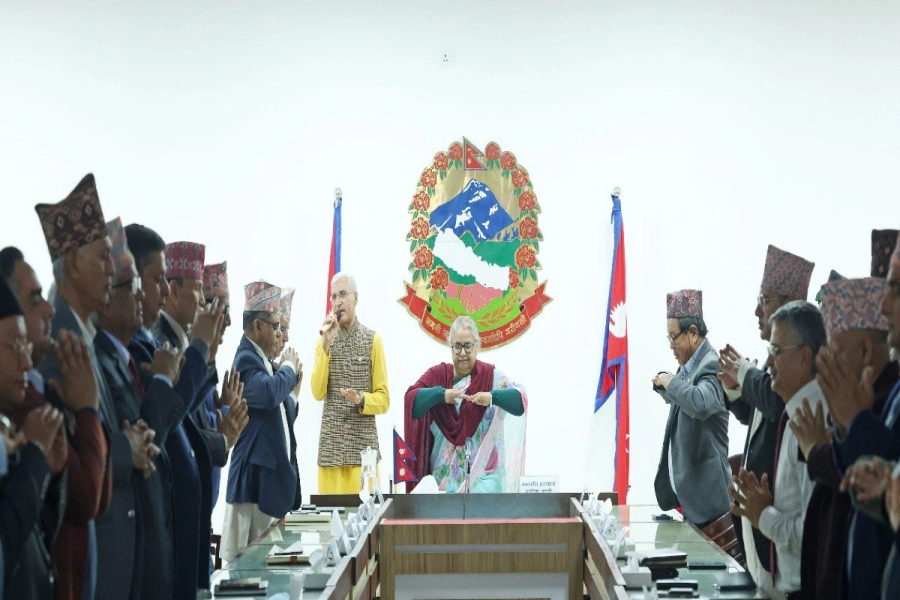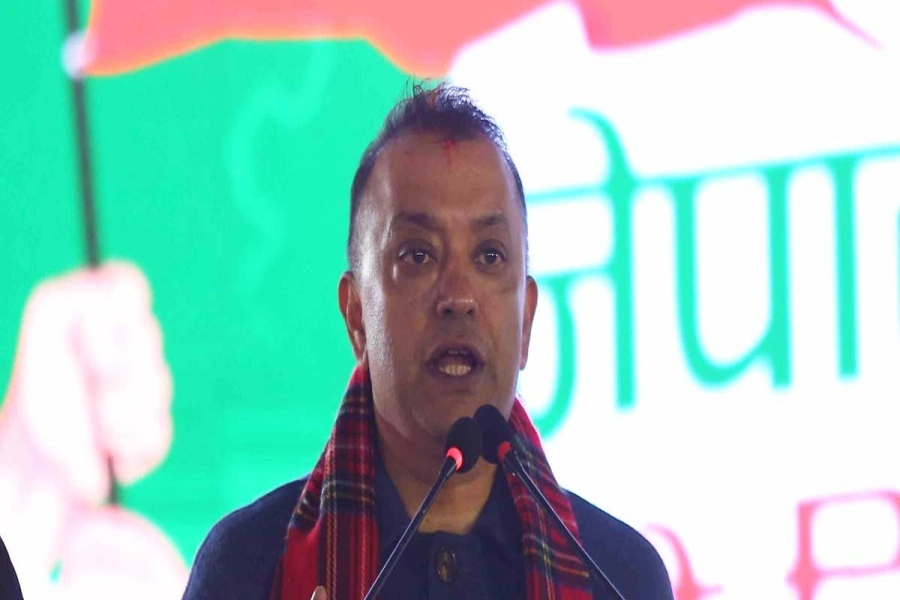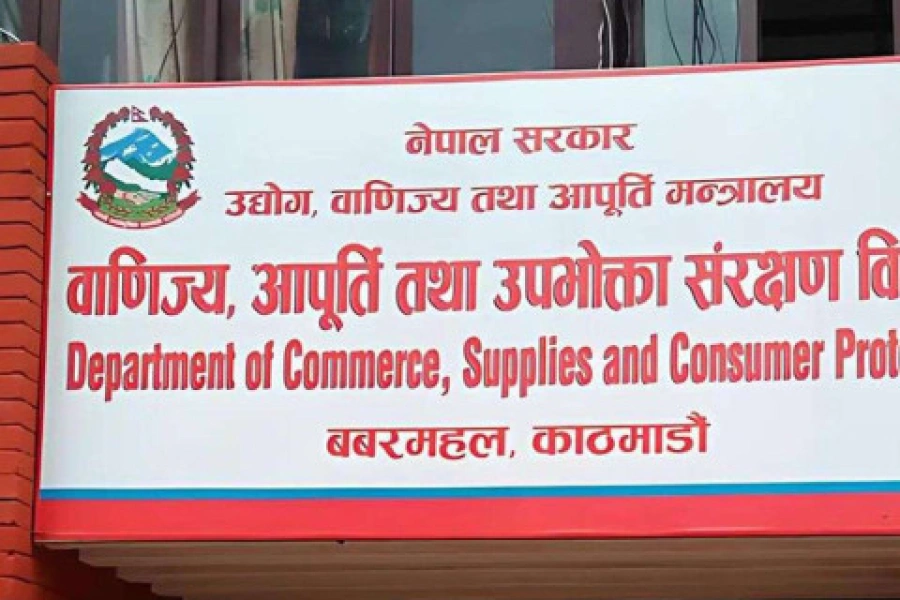The welfare state distributes social security allowances to improve the living standards of people with poor economic status, a responsibility of the state. Nepal provides such allowances to senior citizens, Dalit seniors, the disabled, and single women. Article 42 of the Constitution guarantees economically disadvantaged and marginalized communities special opportunities and benefits in education, health, housing, food, social security, and employment for their protection, upliftment, empowerment, and development. However, social security allowances have become a significant financial burden in Nepal, potentially threatening the country's macroeconomic stability. It is unfortunate to see political parties competing to increase these allowances to gain popularity, while the number of beneficiaries continues to grow. The failure of the country's revenue collection to keep pace with the rising expenditures has already led to an imbalance that could jeopardize our national economy within the next few years.
Tilagufa Municipality to distribute social security allowances...

Social security allowances now consume a growing share of the budget. In FY 2013/14, social security expenditure was 2.51 percent of the total budget, rising to 8.16 percent in FY 2023/24. The allocation increased from 3.30 percent in FY 2017/18 to 4.45 percent in FY 2018/19, 6.24 percent in FY 2019/20, 7.83 percent in FY 2020/21, and 7.35 percent in FY 2021/22. Approximately 3.8 million citizens currently receive social security allowances. The government provides Rs 4,000 per month to senior citizens aged 70 and above, Dalit seniors aged 60 and above, single women aged 60 and above, and widows in designated areas. Others receive Rs 2,660 per month. Additionally, various social security benefits are provided, including Rs 3,990 per month to the totally disabled, Rs 2,128 to the severely disabled, Rs 532 to children in designated areas, Rs 532 to Dalit children, and Rs 3,999 to endangered castes. In 2023/24, Rs 109 billion was allocated for social security allowances. The old age allowance was extended to citizens aged 68 in 2022/23, further increasing the financial burden.
It is concerning to note that the social security allowance budget in Nepal increased elevenfold in the past 10 years. With rising life expectancy, there is concern about the sustainability of these allowances. The constitution mandates that such allowances be given to citizens in poor financial condition. Those receiving pensions or other financial benefits from state agencies are not eligible, yet some recipients are also drawing pensions from other countries, which is an abuse of the system. Negligence on part of government employees exacerbates the issue, with reports of double payments and allowances given to deceased persons. To address this, it is crucial to align the amount of social security allowance with financial capacity and increase revenue accordingly. Abuse must be stopped, and offenders brought to justice. The state should provide for those in need while taxing the wealthy. Implementing the slogan 'take from those who have and give to those who have not' practically can help in this regard. The government can also consider launching a campaign to encourage the wealthy to forgo allowances and honor those who do. Identifying poverty as the basis for allowance distribution can ensure the essence of this noble initiative is upheld. Social security allowances are a dynamic initiative in the socialist-oriented constitution. However, the state must clearly define who receives allowances, why, and how much. For an import-dependent, remittance-fed country like Nepal, a serious discussion and review of an effective social security policy are essential.



